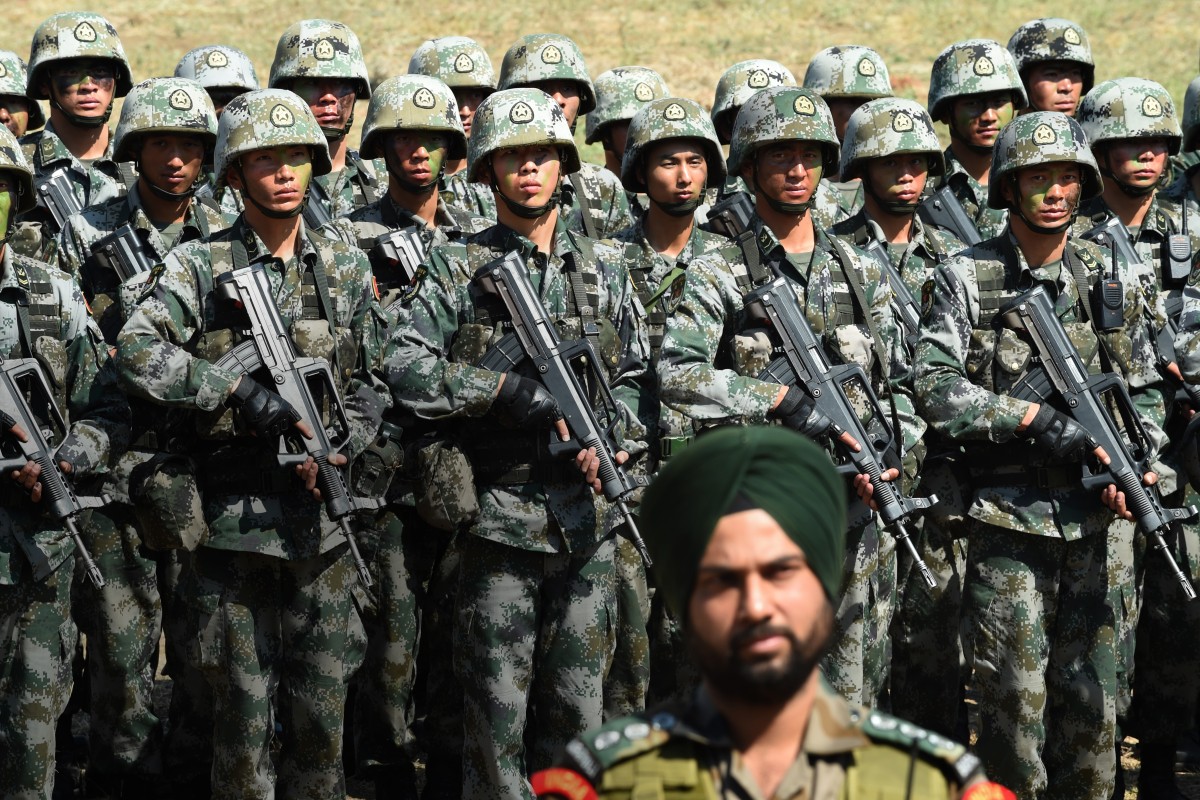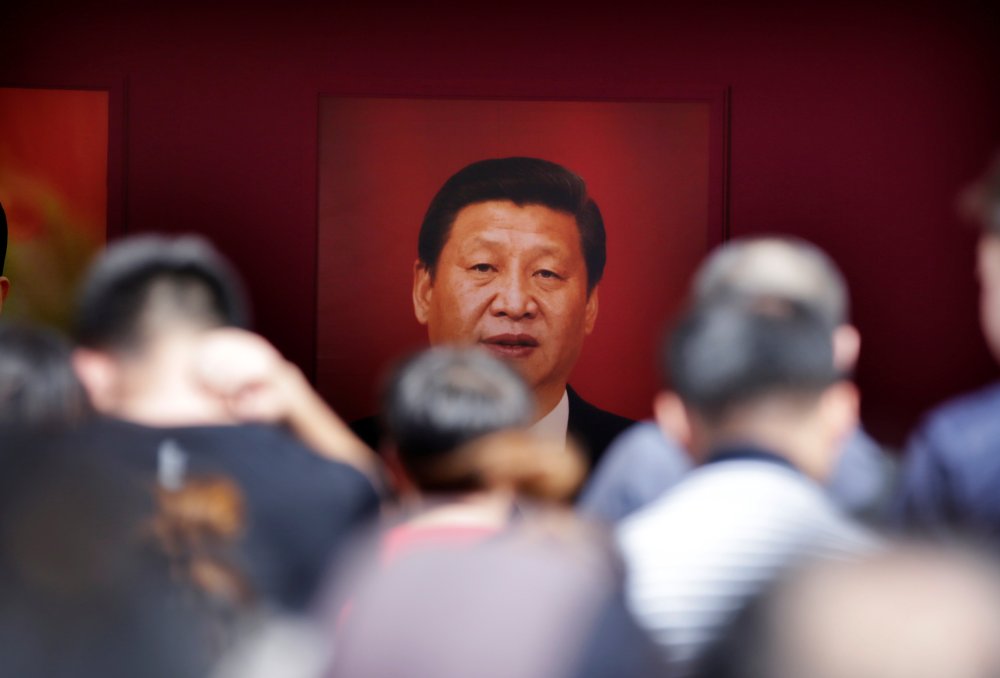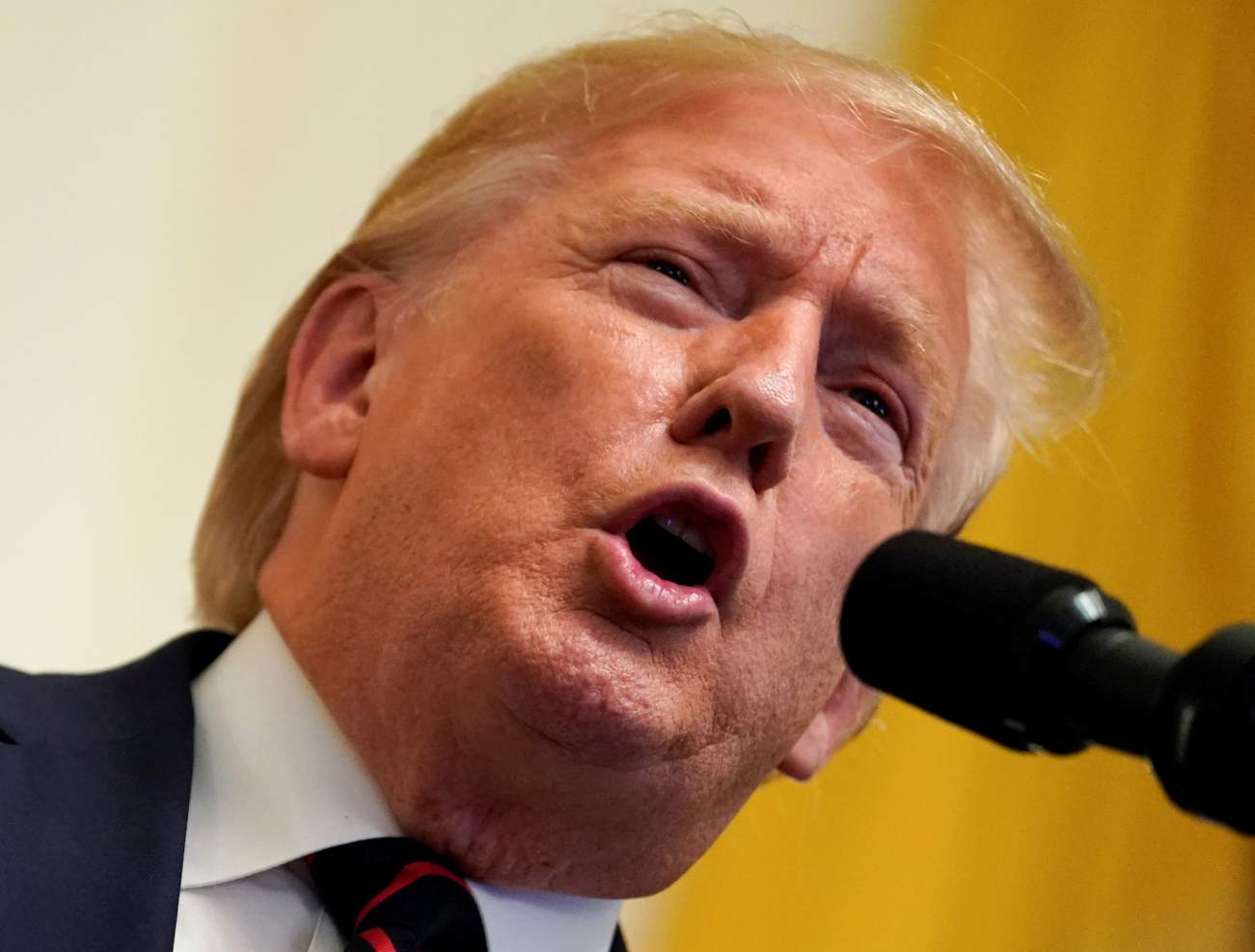Stanley Weiss
WASHINGTON — When a 12-year-old Indian prodigy defeated an 18-year-old Italian champion in chess this past June, he didn’t just win the game. He also became the second-youngest grandmaster — the highest rank possible — in chess history.
It was the latest development in what has become a “chess renaissance” for India over the last 15 years, as the country has rocketed to the game’s top ranks after decades of mediocrity. This transformation has paralleled a more symbolic one, as India — the world’s largest democracy — has risen steadily since the end of the Cold War into the ranks of geopolitical grandmasters, skillfully using its size, strength, and strategic location to expand its global presence. It’s a fitting rise for the civilization where chess first originated.
But as India has embraced the global chessboard, its neighbor and adversary Pakistan has instead trapped itself into a handful of squares in the corner. Where India is choosing moves that open up powerful possibilities, Pakistan — which announced this week it was seeking a bailout from the International Monetary Fund for its economy while simultaneously announcing a deal to buy 48 military drones from China — has let its obsession with India limit its diplomatic partners and constrain its options.
















